Mako Total Knee Replacement Richardson, TX

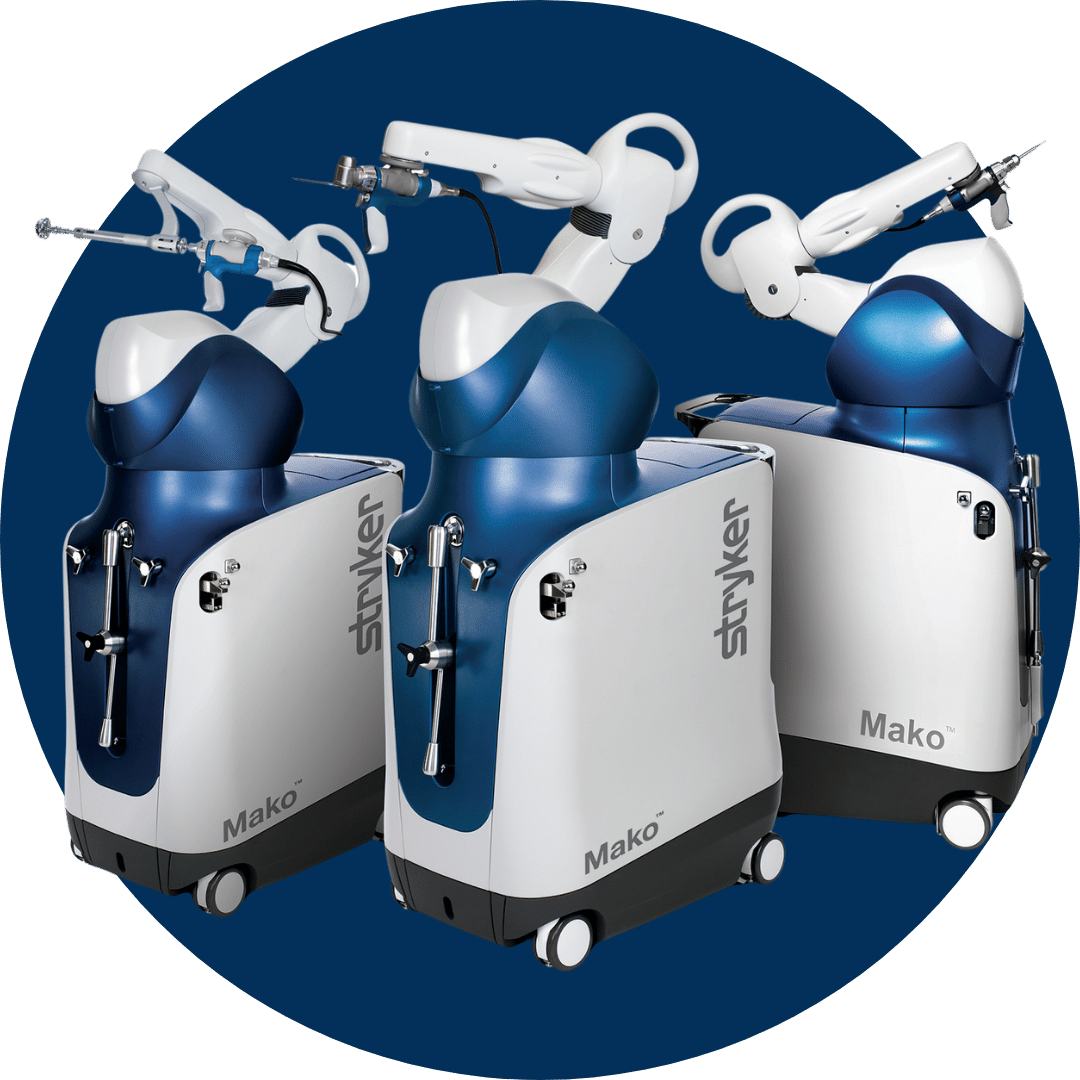
What is Mako Smart Robotics?
Mako Smart Robotics transforms joint replacement surgeries, specifically enhancing the precision and personalization of total knee replacement procedures. This innovative system integrates advanced 3D imaging with robotic assistance, enabling the orthopedic surgeon to meticulously plan and execute knee replacements with exceptional accuracy. The technology creates a detailed 3D model of a patient’s knee, facilitating a customized surgical plan for the new knee.
During knee replacement surgery, the robotic arm works alongside the orthopedic surgeon to ensure precise placement of the knee implant. The result is a more natural-feeling knee joint, shorter recovery times, and improved surgical outcomes, marking Mako as a significant breakthrough in joint replacement technology.
What is a Total Knee Replacement?
A total knee replacement, also called knee arthroplasty, is a surgical procedure aimed at restoring function and reducing pain in individuals with a severely damaged knee joint. During this procedure, the orthopedic surgeon will replace damaged cartilage and bone with a knee prosthesis designed to mimic a natural, healthy knee joint.
Partial vs Full Knee Replacement
It’s important to note that a total knee replacement surgery is different from a partial knee replacement surgery. In a total knee replacement surgery, the entire joint is replaced, and in a partial, only part of the joint is replaced.
Mako Knee Replacement vs Traditional
Mako knee replacement offers a more technologically advanced approach compared to traditional knee replacement surgery. Using Mako Smart Robotics, surgeons can achieve a higher level of precision, allowing for more accurate placement of knee implants. Most knee replacements traditionally, while effective, lack this customization and precision, relying on standard surgical techniques that can vary in outcomes and recovery times.
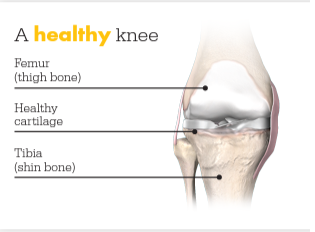
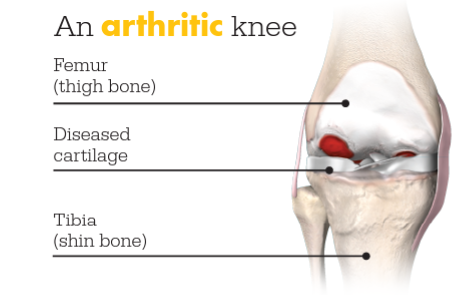
Knee Implants Used in Total Knee Arthroplasty
The choice of knee implants depends on various factors. At Eminent Medical Center in Richardson, TX, our experienced orthopedic team will help you determine the best knee replacement implant option for your specific needs.
Metal-On-Polyethylene
These common knee replacement metal implants combination features a metal femoral component that articulates with a polyethylene tibial component.
Ceramic-On-Polyethylene
The femoral component is ceramic, which reduces friction and wear compared to metal, while the tibial component remains polyethylene.
Ceramic-On-Ceramic
This combination involves both the femoral and tibial components being made of ceramic, which offers the lowest wear rate among implant options. It is suitable for active individuals and provides excellent durability.
Ceramic-On-Metal
Here, the femoral component is ceramic, while the tibial component is made of metal.
Reasons for Total Knee Replacements
Total knee replacements, or total knee arthroplasty, are performed to address various debilitating knee conditions. At Eminent Medical Center in Richardson, TX, our orthopedic team specializes in improving our patients’ quality of life when nonsurgical treatments have been unsuccessful.
Osteoarthritis is the most common cause of joint replacement surgery. Knee arthroplasty can replace damaged cartilage that leads to severe pain, bone spurs, stiffness, and mobility issues.
Rheumatoid Arthritis affects the synovial membrane, it can result in joint damage, inflammation, and joint pain.
Posttraumatic Arthritis follows a severe knee injury andcan lead to chronic pain and stiffness.
Osteonecrosis or Avascular Necrosis: Blood flow disruption to the knee joint can cause bone death, leading to pain and joint deterioration.
Knee Deformities: Conditions like bowed legs or knock knees can be corrected with total knee replacement surgery.
Infections: In certain cases, severe knee infections may necessitate joint replacement surgery.
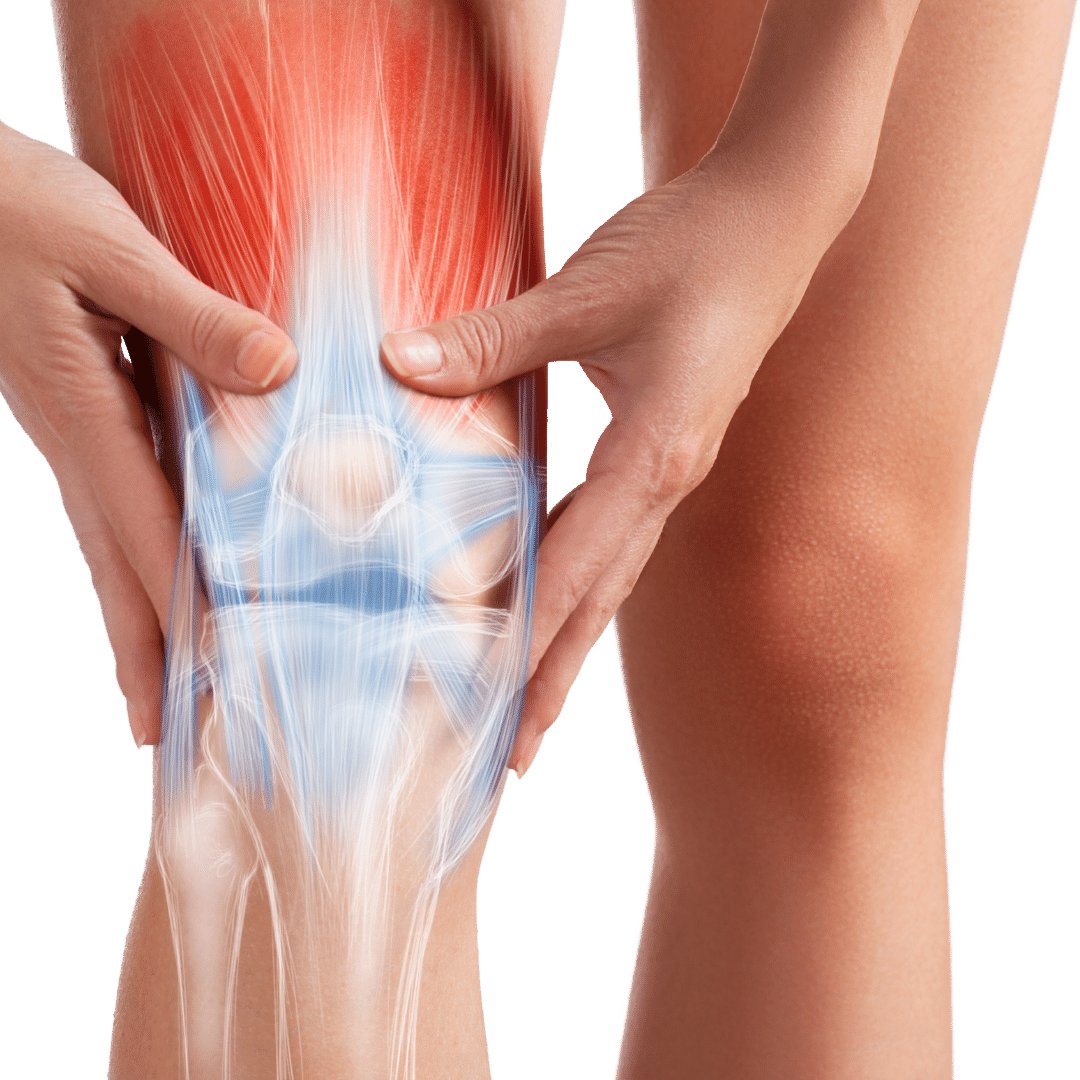
Benefits of Mako Total Knee Arthroplasty
Mako Total Knee Replacement offers several advantages over traditional knee replacement procedures, including higher accuracy, better surgical results, as well as less knee pain and better recovery.
Higher Accuracy for Knee Implants
Mako Smart Robotics allows orthopedic surgeons to make accurate adjustments to the surgical site with a robotic arm during the Richardson orthopedic surgery. This increased accuracy ensures that the knee replacement implant is positioned correctly.
Better Knee Replacement Surgery Results
The use of the Mako robotic arm in knee arthroplasty often results in better surgical outcomes. Patients typically experience less continued pain, a shorter hospital stay, and a quicker return to daily activities.
Faster Knee Replacement Recovery
With Mako’s smart robotic arm, the total knee replacement surgery is less invasive, and the surrounding tissues are better preserved. This leads to a quicker and less painful knee arthroplasty recovery process, allowing patients to regain mobility and return to their regular routine more rapidly with the equivalent of a healthy hip.
How Total Knee Replacement Surgery Works With Mako Smart Robotics
Total knee replacement surgery with Mako Smart Robotics represents a pinnacle of precision and innovation in orthopedics. This advanced approach has three distinct steps: the complete physical examination and CT scan, the surgical plan, and the actual surgery itself.
1
CT Scan
The initial phase of the Mako Smart Robotics-assisted total knee replacement involves a thorough physical exam and a CT scan at Eminent Medical Center in Richardson, TX. This scan creates a detailed 3D model of the patient’s knee joint, giving surgeons crucial insights into the individual’s anatomy for precise surgical planning and execution. This technology ensures that the total knee replacement surgery is specifically tailored to each patient, leading to better surgical outcomes and enhanced quality of life.
2
Surgical Plan
Once the detailed 3D model of the patient’s knee joint is generated through the CT scan, the next crucial phase in the Mako Smart Robotics-assisted Total Knee Replacement process is the creation of a personalized plan for the procedure. This plan serves as a roadmap for our skilled orthopedic surgeons at Eminent Medical Center in Richardson, TX.
3
Surgical Procedure
During the actual procedure, knee replacement surgery is conducted by the Mako robotic arm which is controlled by the surgeon.
The Mako robotic system ensures that bone cuts and the knee implant placements align precisely with the surgical plan. This dynamic collaboration results in a knee joint that feels completely normal and a quicker recovery compared to more traditional surgical techniques.
What Happens During a Mako Total Knee Replacement Surgery?
During a Mako Total Knee Replacement surgery, the process is carefully structured to utilize the precision of robotic-assisted technology for improved accuracy and patient outcomes:
Pre-Operative Planning: Begin with a CT scan of the patient’s knee joint. This scan is transformed into a detailed 3D model, enabling the surgeon to create a highly personalized surgical plan.
Customization of the Surgical Plan: Utilizing the Mako system’s software, the surgeon can customize the placement, size, and alignment of the knee implant.
Robotic Assistance: In the operating room, the surgeon uses the Mako robotic arm to assist in performing the surgery. The robotic arm ensures that the bone cuts and implant placements are executed with precise adherence to the pre-operative plan, minimizing the chance of error.
Real-Time Adjustments: The Mako system provides real-time feedback during the surgery, allowing the surgeon to make immediate adjustments to the plan if necessary.
Minimizing Tissue Impact: The precision of the Mako robotic system helps to preserve more of the patient’s natural bone and tissue.
How It Works
Treating Arthritis with Mako
Mako Testimonial
Knee Arthroplasty Precautions
Total knee replacement surgery, while highly effective, carries certain risks and potential complications that patients should be aware of. These include:
Infection: Infections at the incision site are possible, although they are rare.
Blood Clots: Blood clots in the leg veins or lungs are potential complications. Our surgeons may recommend blood thinners.
Nerve or Blood Vessel Damage: During knee replacement surgeries, there is a minimal risk of injury to nearby nerves or blood vessels.
Allergic Reactions: Some individuals may experience allergic reactions to general anesthesia or materials used in the implant.
Implant Loosening or Dislocation: Over time, prosthetic components may loosen or dislocate, necessitating revision surgery.
Persistent Pain or Stiffness: While uncommon, some patients may experience persistent knee pain or stiffness after surgery.
Revision Surgery: In rare cases, a revision surgery may be required to address complications or wear and tear on the knee implant.
It is essential for patients to discuss these potential risks and complications with their surgeon before undergoing total knee replacement surgery to make informed decisions about their treatment.
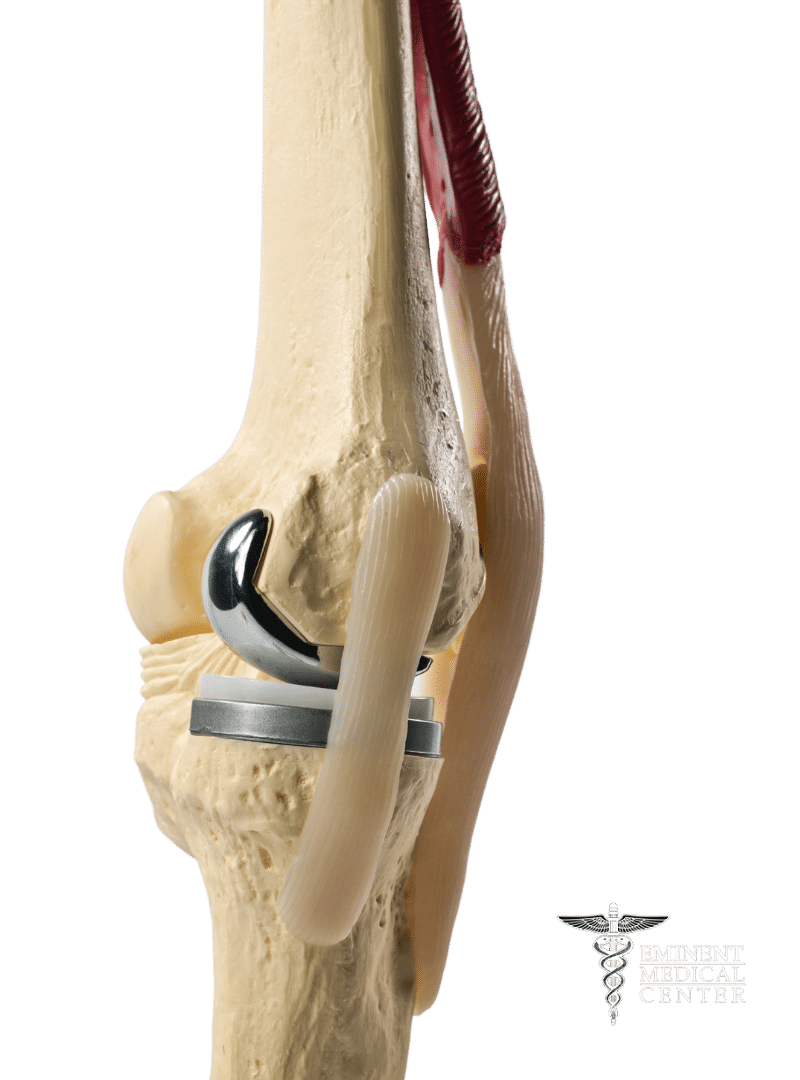
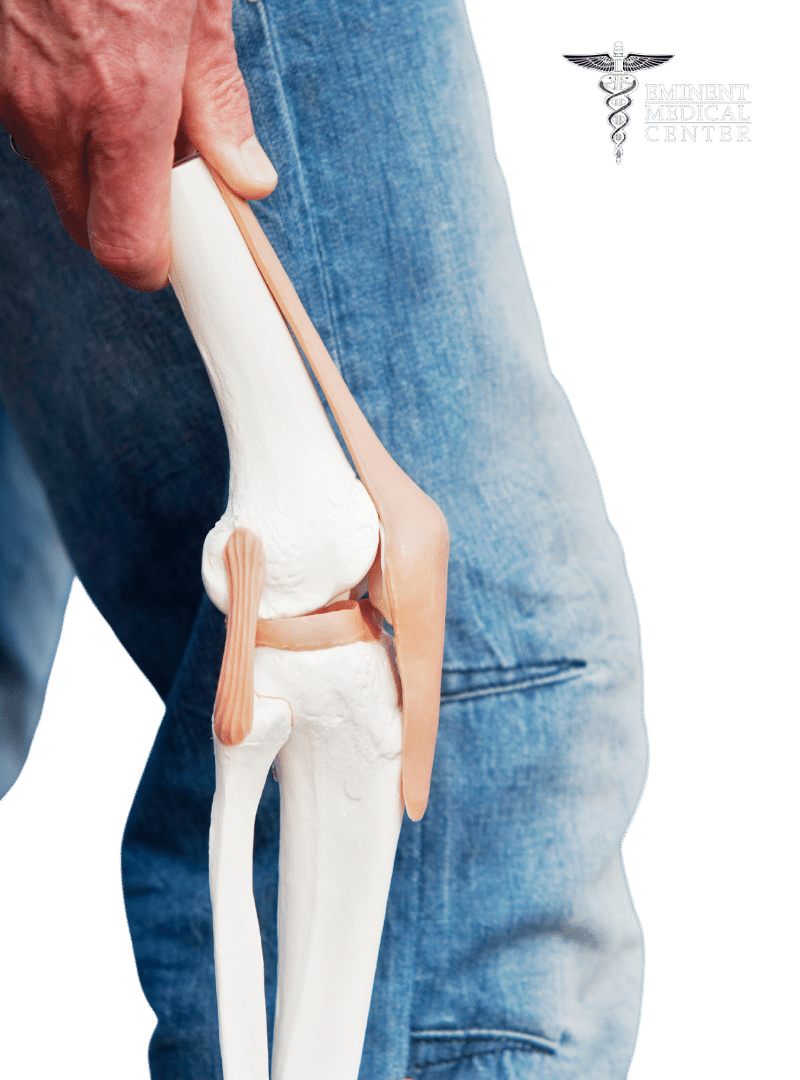
Total Knee Replacement Recovery at Eminent Medical Center
After undergoing a total knee replacement at Eminent Medical Center, patients can anticipate the following during their recovery:
Physical Therapy: A physical therapist will help patients improve their range of knee motion, muscle strength, and mobility during physical therapy sessions. A continuous passive motion machine may be used to begin the physical therapy.
Pain Management: Richardson pain management options, such as nonsteroidal anti inflammatory drugs or other pain medications, will be used to relieve pain during the first few weeks of recovery.
Assistive Devices: Crutches, walkers, toilet seat riser options, a firm seat cushion, etc. may be used initially to aid in mobility.
Follow-Up Appointments: Scheduled follow-up appointments with the surgeon will monitor pain relief and address any concerns.
Gradual Return to Normal Activities: Most patients will gradually reintegrate into daily activities and exercises.
Postoperative Care: Physicians will monitor vital signs in the recovery room before you’re moved to a hospital room. Proper wound care and infection prevention measures will be emphasized.
Eminent Medical Center is dedicated to supporting patients throughout their recovery journey following their Richardson total joint surgery, with the goal of maximizing the benefits of total knee replacement and ensuring a smooth transition back to an active and pain-free lifestyle.
Mako Total Knee Replacement Surgery Center in Richardson, Texas
If you’re suffering from chronic knee pain due to a knee injury or knee arthritis, don’t hesitate to explore the benefits of a Mako total knee replacement at Eminent Medical Center in Richardson, TX. Our experienced orthopedic team, equipped with state-of-the-art Mako Smart Robotics technology, is dedicated to helping you relieve knee pain, improve your quality of life, and regain your mobility and comfort.
Contact Eminent Medical Center today at 469-910-8800 to schedule a consultation with one of our orthopedic surgeons and learn more about how knee replacement surgery can provide you with a brighter and pain-free future.
Important Information
Knee replacement is intended for use in individuals with joint disease resulting from degenerative and rheumatoid arthritis, or avascular necrosis.
Knee joint replacement is intended for use in individuals with joint disease resulting from degenerative, rheumatoid and post- traumatic arthritis, and for moderate deformity of the knee.
Joint replacement surgery is not appropriate for patients with certain types of infections, any mental or neuromuscular disorder which would create an unacceptable risk of prosthesis instability, prosthesis fixation failure or complications in postoperative care, compromised bone stock, skeletal immaturity, severe instability of the joint, or excessive body weight.
Like any surgery, joint replacement surgery has serious risks which include, but are not limited to, pain, infection, bone fracture, change in the treated leg length (hip), joint stiffness, hip joint fusion, amputation, peripheral neuropathies (nerve damage), circulatory compromise (including deep vein thrombosis (blood clots in the legs)), genitourinary disorders (including kidney failure), gastrointestinal disorders (including paralytic ileus (loss of intestinal digestive movement)), vascular disorders (including thrombus (blood clots), blood loss, or changes in blood pressure or heart rhythm), bronchopulmonary disorders (including emboli, stroke or pneumonia), heart attack, and death.
Implant related risks which may lead to a revision of the implant include dislocation, loosening, fracture, nerve damage, heterotopic bone formation (abnormal bone growth in tissue), wear of the implant, metal and/or foreign body sensitivity, soft tissue imbalance, osteolysis (localized progressive bone loss), audible sounds during motion, reaction to particle debris , and reaction to metal ions (ALTR). Hip and knee implants may not provide the same feel or performance characteristics experienced with a normal healthy joint.
The information presented is for educational purposes only. Speak to your doctor to decide if joint replacement surgery is appropriate for you. Individual results vary and not all patients will return to the same activity level. The lifetime of any joint replacement is limited and depends on several factors like patient weight and activity level. Your doctor will counsel you about strategies to potentially prolong the lifetime of the device, including avoiding high-impact activities, such as running, as well as maintaining a healthy weight. It is important to closely follow your doctor’s instructions regarding post-surgery activity, treatment and follow-up care. Ask your doctor if a joint replacement is right for you.
Stryker Corporation or its other divisions or other corporate affiliated entities own, use or have applied for the following trademarks or service marks: AccuStop, Mako, Stryker, Triathlon. All other trademarks are trademarks of their respective owners.
References
- B. Kayani, S. Konan, J. Tahmassebi, J. R. T. Pietrzak, F. S. Haddad Robotic-arm assisted total knee arthroplasty is associated with improved early functional recovery and reduced time to hospital discharge compared with conventional jig-based total knee arthroplasty: A PROSPECTIVE COHORT STUDY Bone and Joint Journal: 2018; 100-B:930–7.
- Mistry JB, Elmallah RK, Chughtai M, Oktem M, Harwin SF, Mont MA. Long-term survivorship and clinical outcomes of a single radius total knee arthroplasty. Surg Technol Int. 2016;28:247-251.
- Piazza S. Designed to maintain collateral ligament stability throughout the range of motion. Stryker-Initiated Dynamic Computer Simulations of Passive ROM and Oxford Rig Test. 2003.
- Wang H, Simpson KJ, Ferrara MS, Chamnongkich S, Kinsey T, Mahoney OM. Biomechanical differences exhibited during sit-to-stand between total knee arthroplasty designs of varying radii. J Arthroplasty. 2006;21(8):1193-1199. doi:10.1016/j.arth.2006.02.172
- Gómez-Barrena E, Fernandez-García C, Fernandez-Bravo A, Cutillas-Ruiz R, Bermejo-Fernandez G. Functional performance with a single-radius femoral design total knee arthroplasty. Clin Orthop Relat Res. 2010;468(5):1214-1220. doi:10.1007/s11999-009-1190-2
JR-MKOSYM-OTHW-747688
Copyright © 2023 Stryker
